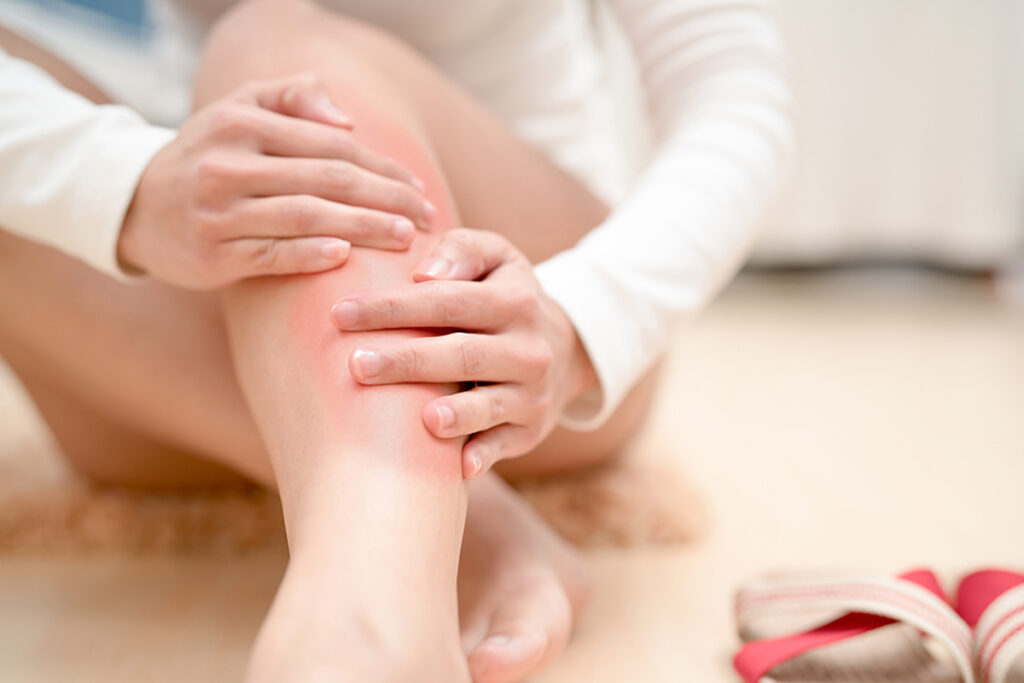
Tips for Skin Cancer Prevention in the Texas Summer Sun
By Krishna C. Alluri, M.D., Texas Oncology–San Antonio Northeast
It’s no wonder that Texans love the outdoors. Summertime means lounging by the pool, making a splash at the water park, jet skiing at the lake, tubing a river, or beach vacations on the Texas coast. The one constant with these activities? The sun.
While getting your vitamin D in is important for your health, so is staying alert to the potential dangers of sun exposure. Texas ranks third in the nation for newly diagnosed cases of melanoma, the deadliest form of skin cancer. An estimated 5,340 new cases of skin cancer are expected to be diagnosed in Texas in 2024.
Exposure to ultraviolet (UV) rays is the leading risk factor for most skin cancers. The sun constantly produces UV rays that can penetrate clouds and harm your skin — even on overcast or cooler days. UV rays can also be reflected off of snow, water, and sand. UV radiation is more intense at high altitudes, at latitudes closer to the equator, and when the sun is higher in the sky. When you are out enjoying the sunshine, remember that UV rays are the strongest between 10 a.m. and 4 p.m.
Protecting your skin is about more than just applying a layer of sunscreen. Make the most out of your time outside with these tips:
Dress the Part
When spending time in the sun, dress in sun-protective clothing. This can include hats, long-sleeved shirts, long pants or skirts, and other pieces that cover your skin, head, and eyes from direct sunlight. Look for materials with a tight weave and wear wrap-around, UV-protective sunglasses labeled as blocking UVA and UVB light. If you can’t dress the part, stay cool and safe by spending time in shady or covered areas away from direct sunlight.
Apply and reapply sunscreen
Using sunscreen is essential for sun protection all year round. It protects against burns, wrinkles, and several types of skin cancer. Experts recommend using a broad-spectrum (protects against UVA and UVB rays), water-resistant sunscreen with a sun protection factor (SPF) of at least 30.
Sunscreen is effective for a limited amount of time before reapplying is necessary. You should reapply sunscreen every two hours or according to the directions on the product label. Sunscreen should be reapplied after swimming or participating in any activity that causes perspiration. Water-resistant sunscreens should be reapplied every 40 or 80 minutes.
Look for signs of skin cancer
It is important to watch for signs of skin cancer, which may include skin discoloration, changes to a mole, a new growth on the skin, or a lesion on the skin that is bleeding, crusting, or itching. Yearly skin checks can help detect and remove precancerous growths and, if necessary, treat skin cancer at its earliest and most treatable stage.
Spread the Word
At least 20% of Americans will develop skin cancer by the age of 70. While it is the most common form of cancer, many cases are easily preventable by limiting exposure to the sun’s harmful rays. Taking simple preventative steps now can help protect against more serious complications later. Be smart while enjoying the summer sun, and keep your skin safe.
Visit www.texasoncology.com for more information.




